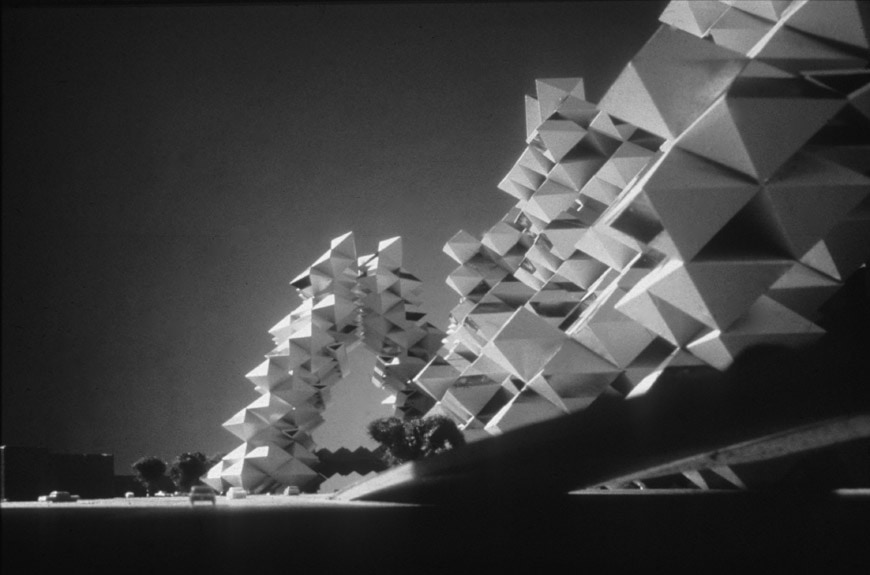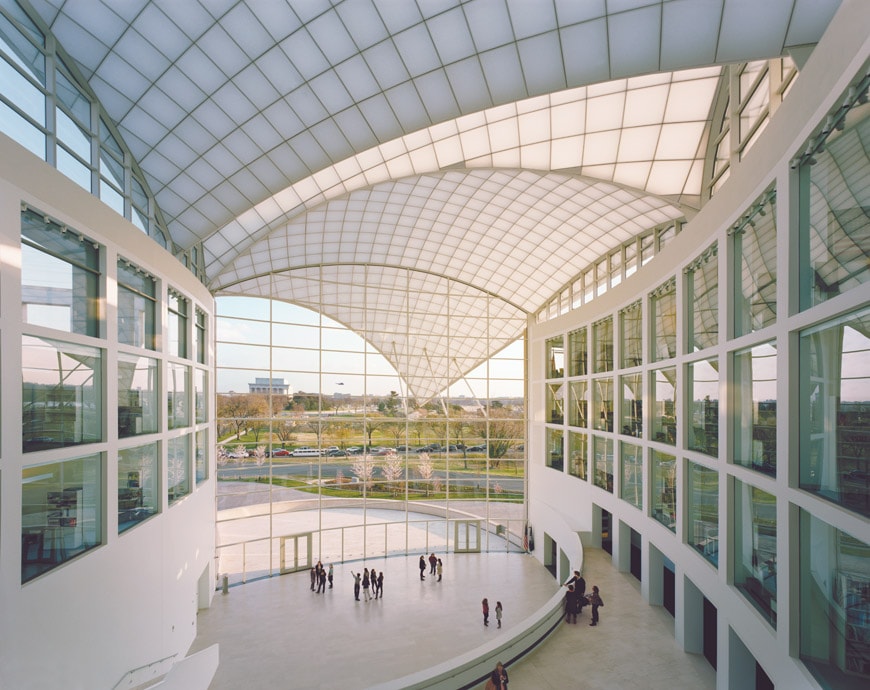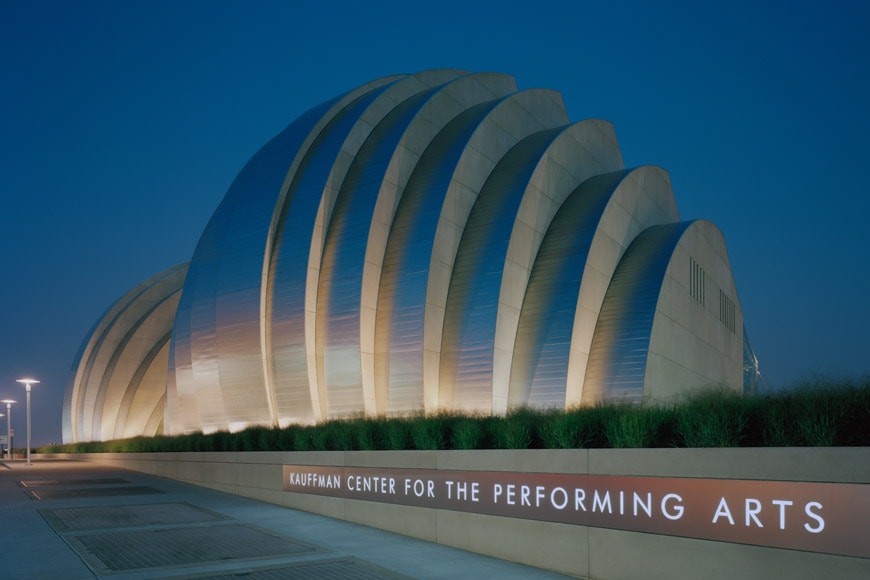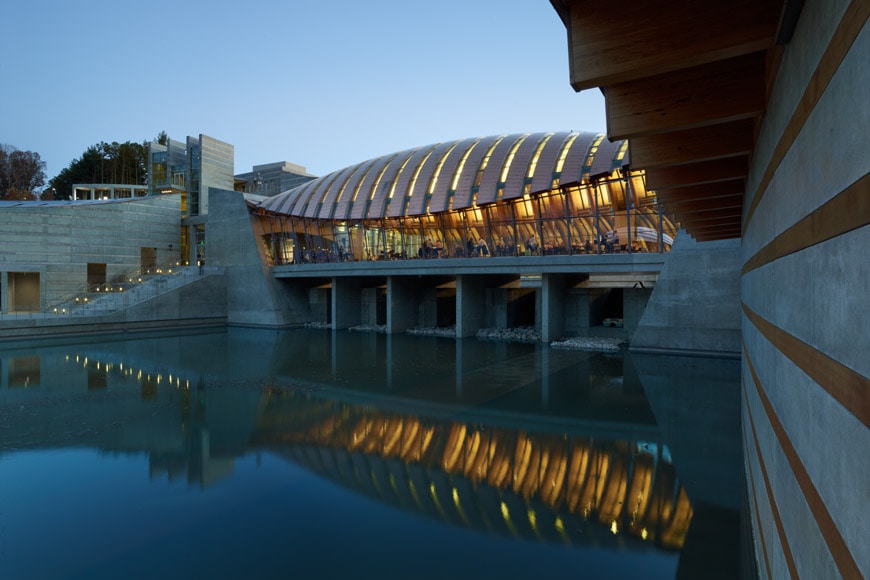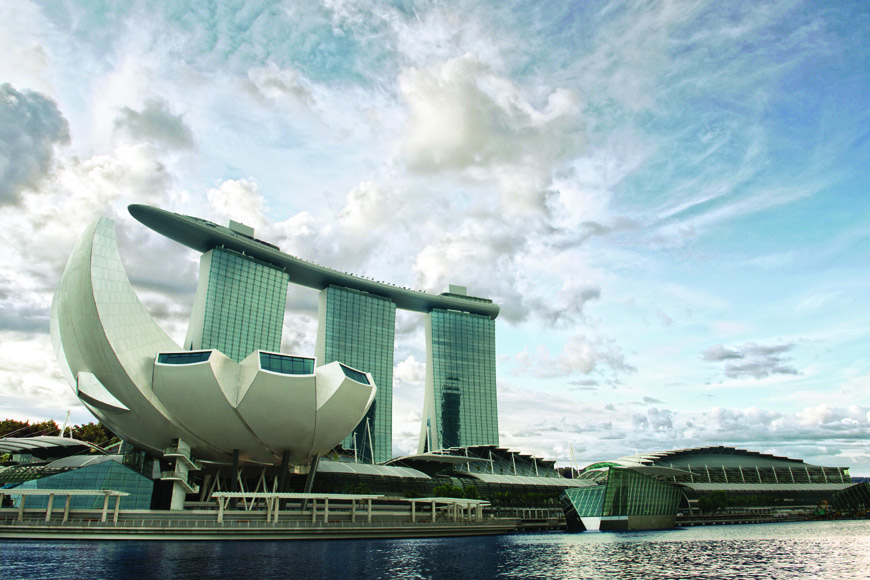Moshe Safdie: ‘To design without the intention of building is not architecture’
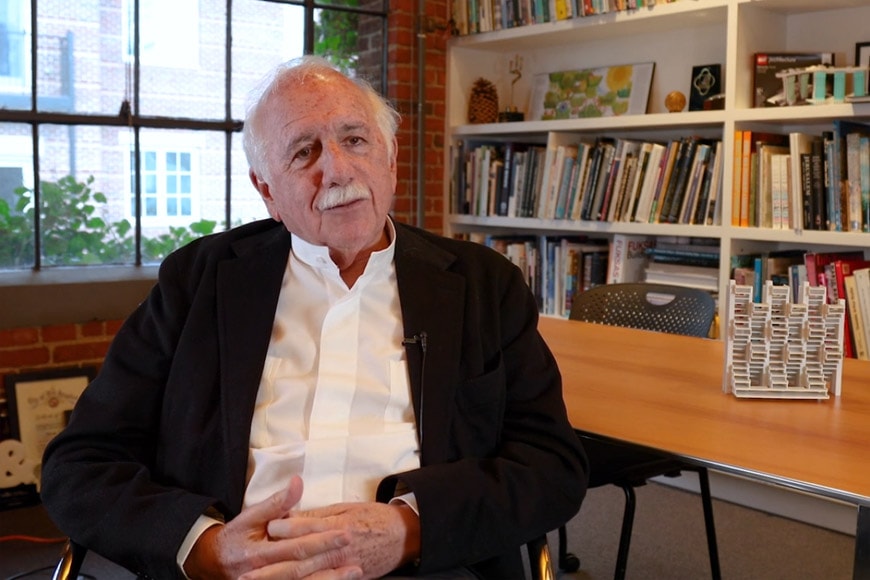
In this very interesting interview from the Time Space Existence series (you can see it here thanks to our media partner PLANE-SITE) Israeli-born Canadian architect Moshe Safdie (b. 1938, in Haifa) goes into various aspects of architectural design, including how also unbuilt architecture can be significant, the way his design approach has changed over time, and how also a contemporary building could be timeless.
The video (click to play)
Full transcript
“If there is a particular strand in my work that I think is profound, and yet maybe to be appreciated, is that I didn’t import concepts from place to place but actually subordinated myself to try to understand the essence of a place.
Design is about making things work, fit, and respond to their purpose. That is for me the kind of checklist of: Is my architecture timeless? Is it responsive in such a way that it’s likely to be meaningful on a long-term basis?”
Dimensions of learning
“In the early parts of my career, I was quite obsessed with geometry and with the notion of creating three-dimensional spatial components, as building blocks for construction. Habitat (Safdie refers to his seminal Habitat 67 housing complex in Montreal he designed in 1967. AN) is an example where boxes form houses, but then I tried to carry that thought process to other typologies. At some point, I realized that different typologies require different systems and that there’s a wide variety of building systems, all of which could lead to a wider variety of expressions. So this was a big lesson. A lesson of the language of my building.”
Heritage in the unbuilt
“As an architect committed to building and impacting the environment, to design without the intention of building is a failure by definition because it’s not architecture. For those who design in order to build, not succeeding in building is not a failure. There are different reasons why things don’t get built, but they form a fascinating track through one’s thoughts and career. Probably more than 50% of my work is unbuilt. When I review that unbuilt work, some of it is the most significant work I have done.
The Habitat 67 that got built is one-fifth of the original complex. Had the original been built, perhaps the course of architecture in this century would have been different.”
Awe and affection
“When you’ve been an architect fifty years and you already had three buildings demolished, and you see the transformation that’s taking place, very little or none of it is forever. I’ve seen architecture go from profound concerns for society as a whole to a period of interest in tantalizing society with the possibilities of architecture. I’ve seen the public awed by certain buildings because of their notoriety for a while, but there’s a quality of being impressed and there’s a quality of affection and loving something.
I go to Habitat today, it’s fifty years old and, not just to my mind but to almost every observer, it’s as fresh as ever. It’s as relevant as ever. After years of being semi-ignored, all of a sudden the ideas of Habitat are all over the place.
The question of contemporary has to do with the values a building represents. A contemporary building seizes the spirit of the time, as well as the technology of the time, in a way that has meaning, that lasts.”
About Moshe Safdie
Born in 1938 in Haifa, Moshe Safdie is an Israeli-Canadian architect, urban planner, and educator. After graduating in Architecture from McGill University in Montreal, Safdie was an apprentice to Louis Kahn. Safdie is most well-known for his iconic, cellular, and prefabricated units for living, Habitat 67, designed early in his career in 1967. Shortly afterward, in 1970, he established a Jerusalem office and was heavily involved in the development of Jerusalem’s new city center. Safdie is also known for his work on the Marina Bay Sands Resort in Singapore, the new Yad Vashem in Jerusalem, and The United States Institute of Peace Headquarters in Washington DC.
Safdie Architects, Habitat 67 housing complex, Montreal, Canada, 1967; photo James Brittain
The unbuilt Habitat NY housing complex, New York; image courtesy of Safdie Architects
Safdie Architects, Yad Vashem, Jerusalem; 2005; photo Timothy Hursley
Safdie Architects, United States Institute of Peace, Washington, DC; 2009; photo Timothy Hursley
Safdie Architects, Kauffman Center for Performing Arts, Kansas City, Missouri, 2011; photo Timothy Hursley
Safdie Architects, Crystal Bridges Museum of American Art, Bentonville, Arkansas, 2011; photo Timothy Hursley
Safdie Architects, Marina Bay Sands integrated resort, Singapore, 2011; photo Timothy Hursley
About Time-Space-Existence
Time, space and existence. These three concepts sketch out the contours of the world around us — a fact especially true within architecture. Taking these words as its starting point, the GAA Foundation is set to curate its fourth collateral exhibition in the context of La Biennale di Venezia Architettura, entitled Time-Space-Existence and opening in May 2018. Featuring over 100 established and emerging architects, and unapologetically international in breadth, the exhibition provides a fascinating complement to a biennial traditionally drawn along national lines.
Useful links
PLANE-SITE: https://plane-site.com/
GAA Foundation: http://www.globalartaffairs.org
European Cultural Centre (ECC): http://www.europeanculturalcentre.eu/index.php
Safdie Architects: https://www.safdiearchitects.com/
All images provided by PLANE-SITE
copyright Inexhibit 2024 - ISSN: 2283-5474


